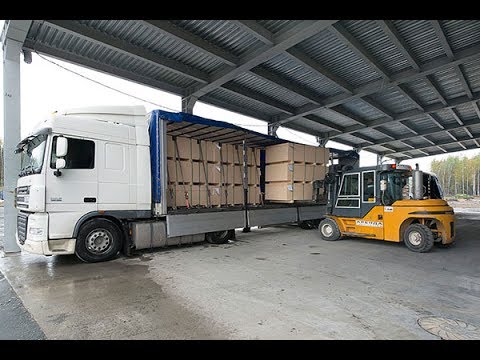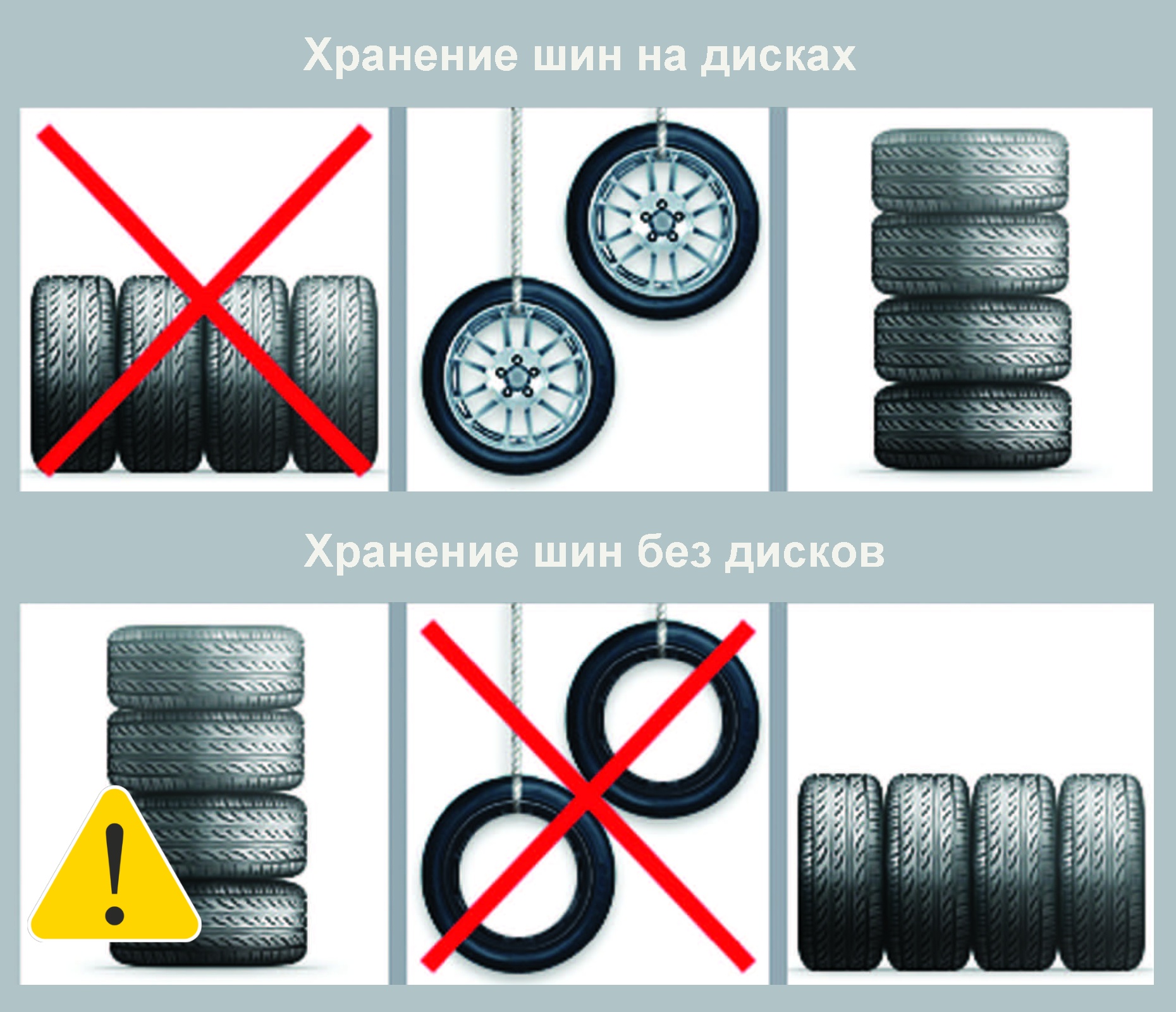
Side loading, czy Miniblock?
The suspension of the car in the process of daily operation of the car is subjected to various kinds of loads. One of its elements subject to potential damage are the springs. The most common reasons for their failure are cracks or breaks in the turns, but in some cases they can also be caused by defects in the quality of the material from which they are made, or by its physical fatigue. Sometimes the damage is caused by the repairmen themselves, incl. if new springs are installed incorrectly.

What springs?
There are two main types of suspension springs used in modern vehicles. The first of these are the Side Load springs used in MacPherson struts. They are made of wire of constant diameter, and the distance between the individual coils is the same along the entire length of the spring. The main feature of the Side Load springs is the ability to compensate for the side loads acting on them, which leads, among other things, to an increase in the life of the shock absorbers. Their rigidity has a linear characteristic - the relationship between load and deflection is constant. The second type of springs are the so-called Progressive Miniblock springs. They are characterized by a variable thickness of the wire from which they are made, or a different distance between individual turns. What does it look like in practice? The diameter of the outer turns is less than average, so the deflection changes slowly depending on the applied load. This increases the stiffness of the spring. The springs used in automobiles also differ in the shape of the end coils. The most common are cut, cut, unpolished and conical coils.
What's breaking?
As a result of violent impacts, including deep holes in the road surface or a sudden collision with a high sidewalk, one or more coils of the spring may break or come off. Damage can also be caused by the poor quality or inhomogeneity of the material from which it is made (for example, non-metallic or sedimentary inclusions in steel). Small stones thrown by the wheels of the car while driving also contribute to irreversible damage to the springs of the suspension system. Their impact destroys the anti-corrosion coating, leaving unprotected steel to direct corrosion. The latter, on the other hand, affects the progressive fatigue of the material and, as a result, leads to breakage or destruction of the coil of the spring.
When and how to replace?
The answer to the first part of this question is obvious. Springs must be replaced after irreversible damage. Remember, however, that sometimes they need to be replaced with new ones when the repair technician discovers that they are wearing excessively. Heavily worn springs negatively affect the contact of the car's wheel with the road, which not only leads to a decrease in the car's grip on the road, but also increases wear. rubber-metal shock absorbers and bushings. When replacing suspension springs, follow the basic rule: always replace them in pairs. Experts recommend doing this every four years or after driving 80 km. km. Contrary to appearances, replacing springs is not as easy as it may seem. To carry it out correctly, it is necessary to use special devices (pullers) equipped with plastic caps. They eliminate the risk of the puller slipping and damaging the anti-corrosion coating of the inserted spring. The tools used must also match the type of spring. The fact is that they can withstand their loads during disassembly and assembly. Taking into account all these conditions, workstation pullers are becoming increasingly popular, i.e. for workbenches or walls. Their main advantage is their simple and reliable design and safe operation.
Added by: 7 years ago,
a photo: autotraderclassics. com


